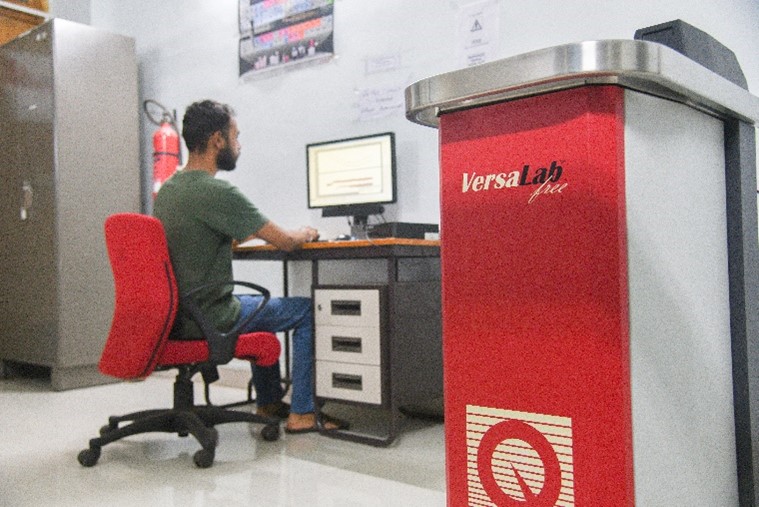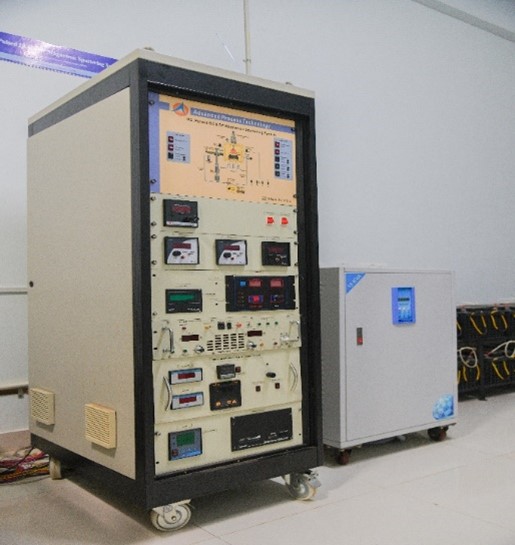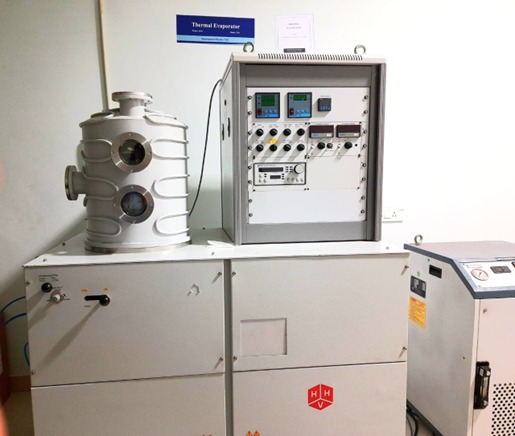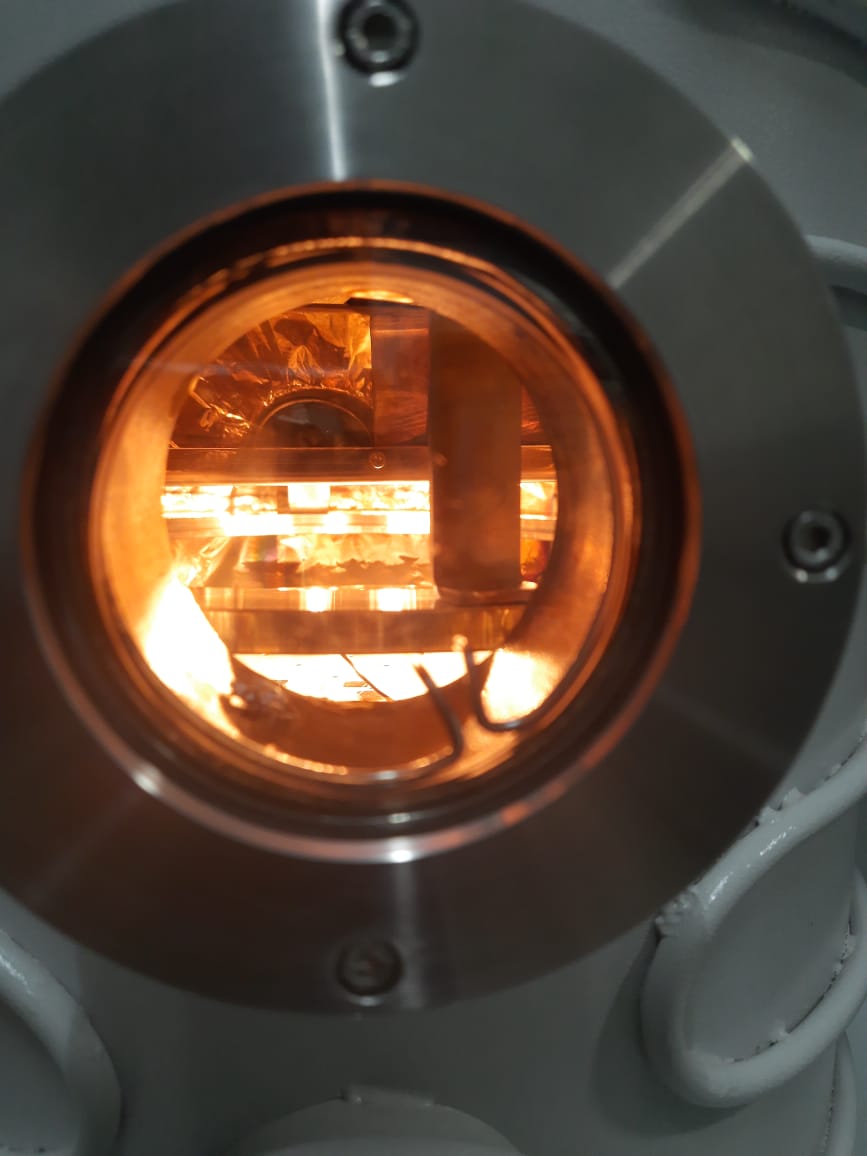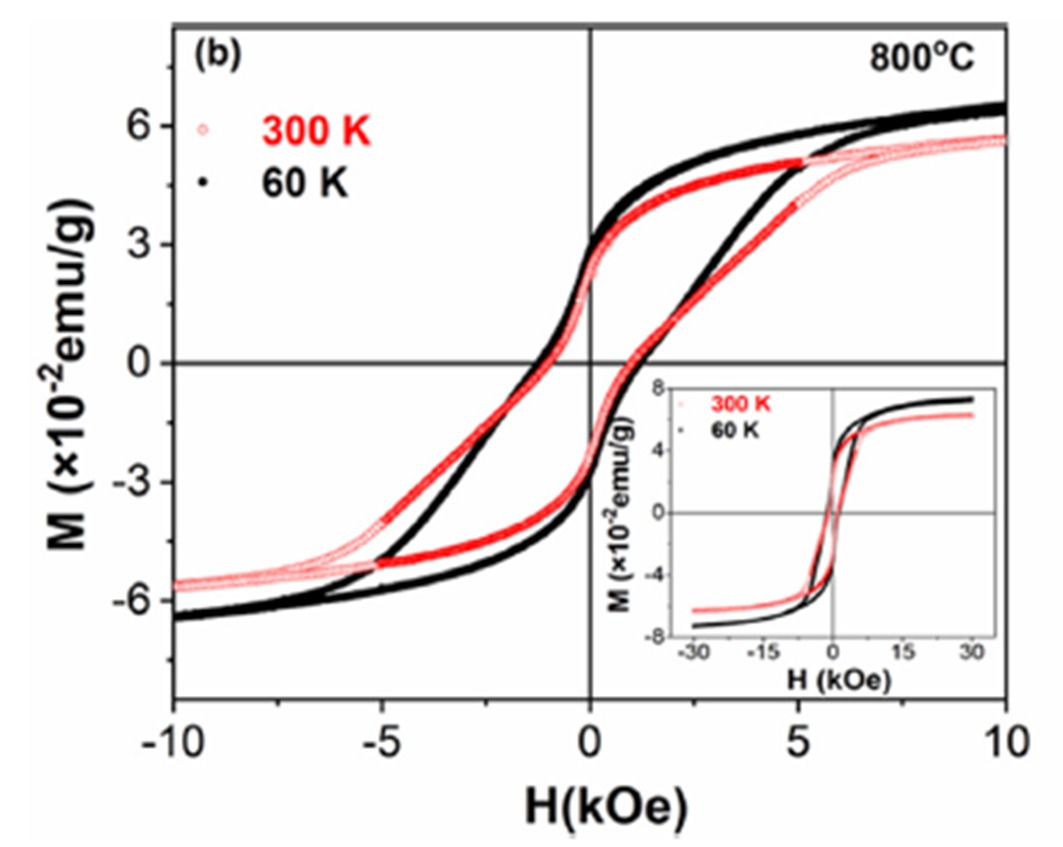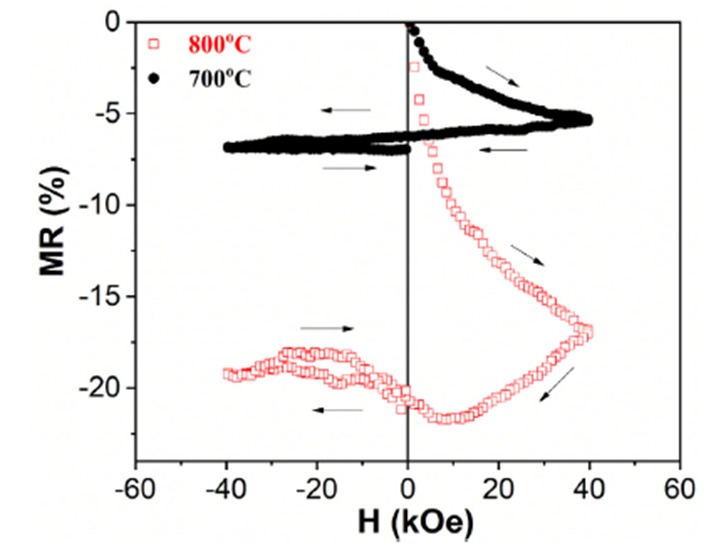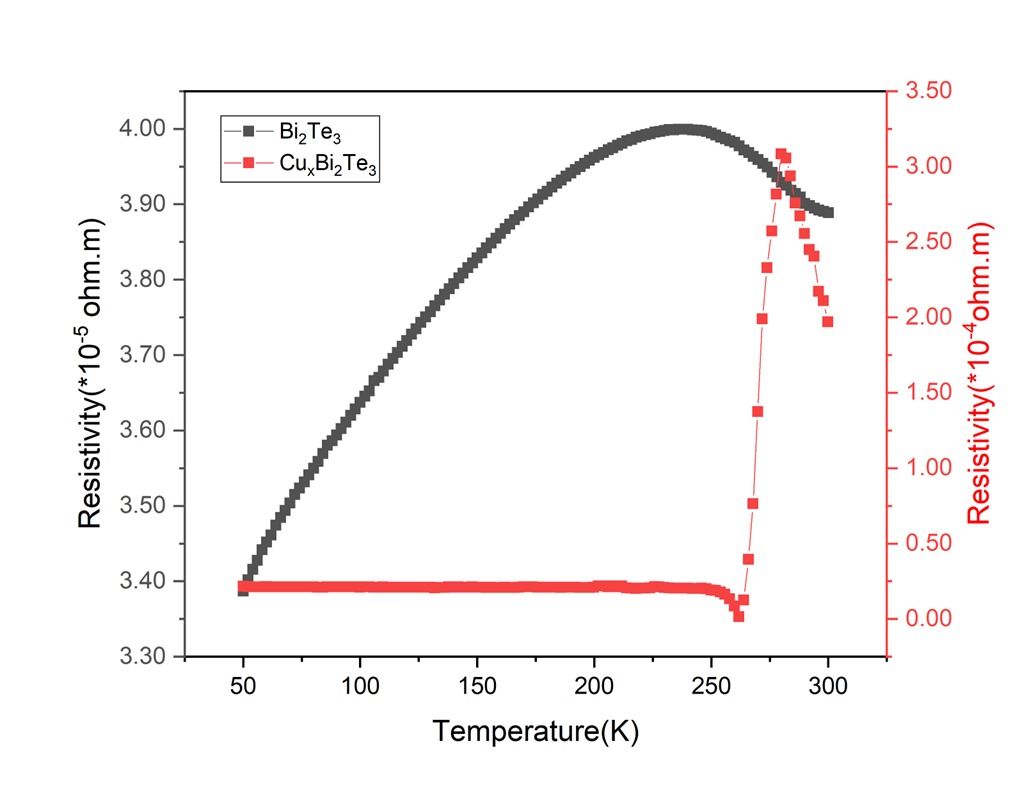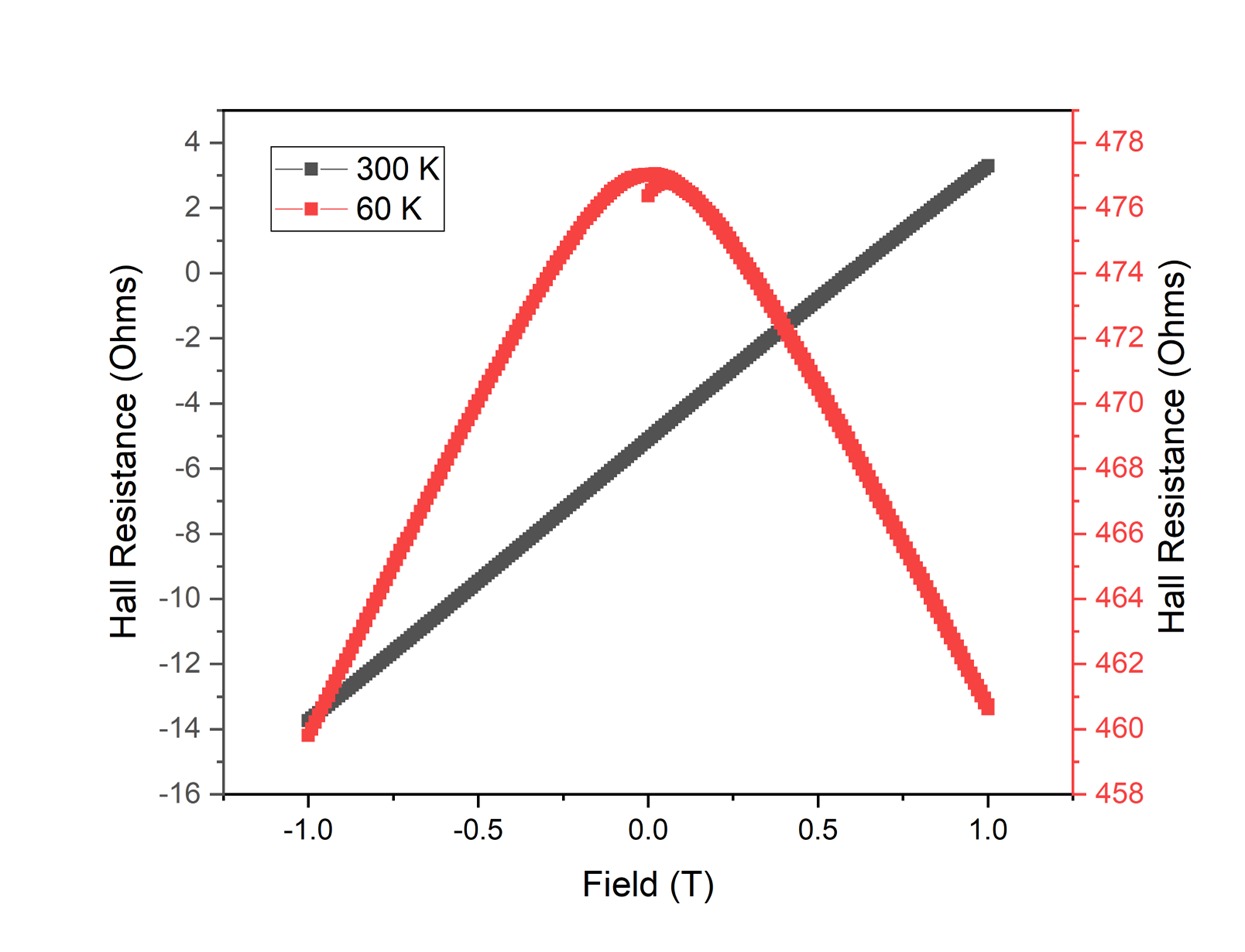LOW TEMPERATURE TRANSPORT LABORATORY
Group Head: Prof. K J THOMAS
Prof. K. J. Thomas: PhD in Condensed Matter Physics (Electrical Transport in Low Dimensional Systems) from the Cavendish Laboratory, University of Cambridge (1998), Post-Doctoral Researcher at Cavendish Laboratory (1998-2000), Royal Society Research Fellow (Cavendish Laboratory 2000-2008), Associate Professor, Sungkyunkwan University, South Korea (2009-20012), Senior Research Associate, London Centre for Nanotechnology, University College London (2012-2016). Conducted extensive research in the transport characteristics of one-dimensional quantum wires (including the discovery of the 0.7 Structure/0.7 anomaly in quantum wires), published more than 40 papers. Currently working on topological insulators and their applications.
Group members: Shilna K V(thesis submitted), Jeswin Mammen Raju, Rakesh Ramachandran, Ganga A R

Our group is engaged in the quantum transport studies of topological insulators – which are a new quantum state of matter with conducting surface/edge states and an insulating bulk. Strongly spin-orbit coupled and spin momentum locked edge/surface states that are protected by time-reversal symmetry are the most interesting aspects of these materials, which can act in favour of dissipation-less transport in quantum devices. Probing the corresponding surface states/edge states via electrical transport experiments carried out at low temperature is the research strategy established at the Low-Temperature Transport Laboratory. The material growth proceeds via two routes such as wet chemical synthesis and physical vapor deposition (RF Magnetron sputtering and Thermal Evaporator) and several characterization steps are employed for probing the structural, optical, electronic and magnetic properties.
Our recent work reported a novel and tunable ferromagnetism and a negative magnetoresistance in the non-magnetic semiconductor perovskite material BaBiO3 at room temperature. Defect induced magnetic centers and magnetic domains are the possible sources of observed properties. [2] Studies on a polycrystalline topological insulator thin films of Bi2Te3, grown by RF sputtering, exhibited metallic-like transport for a wide range of temperatures, T = 50 K to T = 225K. This could be understood within a model of overlapping surface states of the TI nano-crystallites in the film, suggesting that TI thin films of polycrystalline nature may also stabilize topologically protected states[1].
Beyond the framework of known topological materials, it is also of particular interest to experimentally examine the possibility of the Topological Crystalline Insulator phase in narrow bandgap semiconductors such as SnTe. We are currently investigating SnTe thin films of various thicknesses for their electrical properties, to establish the concept of this new topological state of matter and possibly to find topological phenomena. Besides this, we have been working on the topological insulator characteristics of GaSb – a narrow bandgap semiconductor, which already has proved itself in high performance electronics with its high carrier mobility and optoelectronic applications. GaSb/InAs quantum well system has been reported to possess excitonic topological insulator phases at low temperatures. Here, we focus on the low dimensional part of it, as nanowires, synthesised in the most cost effective way of solution processing, via hot injection method, and study the transport properties with different substitutions and look for those phenomena that can favour surface transport, at low temperatures.
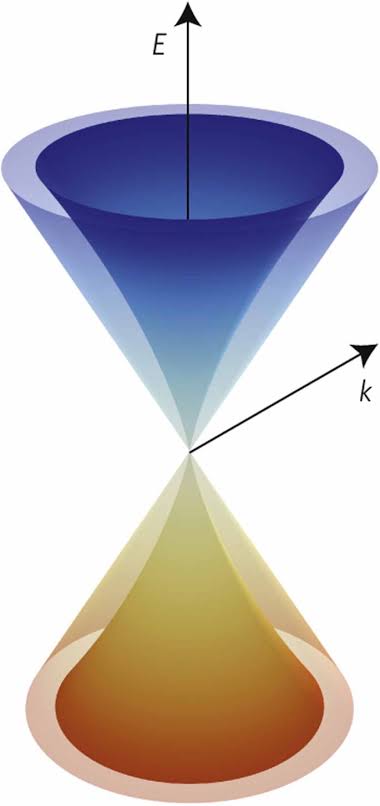
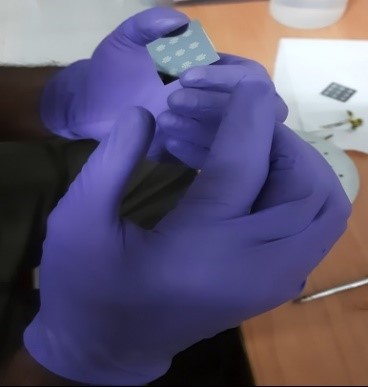
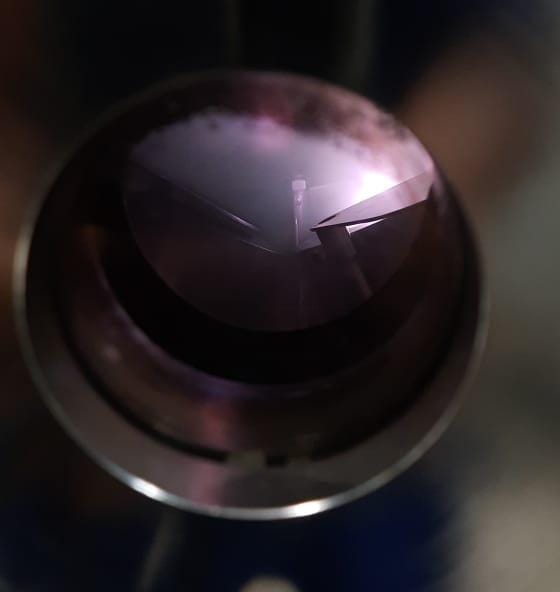
RECENT PAPERS
[1] Jeswin Mammen Raju and Kalarikkad Jonah Thomas, “Topological insulator phases in polycrystalline Bi2Te3 thin films”, AIP Advances 13, 025045(2023).
[2] Kavil Veetil Shilna, Subhasa Chandra Sahoo, Kalarikkad Jonah Thomas, “Novel ferromagnetism and negative magnetoresistance in BaBiO3 nanoparticles”, Applied Materials Today, Volume 27, 101427, ISSN 2352-9407, (2022).
